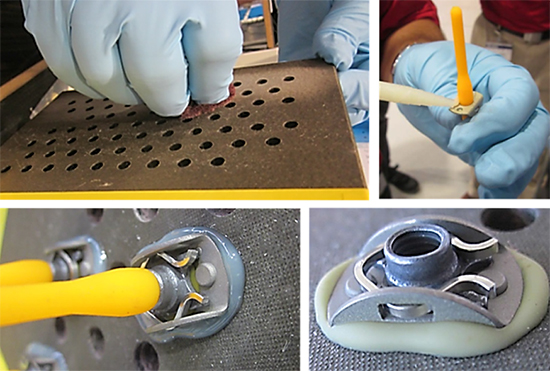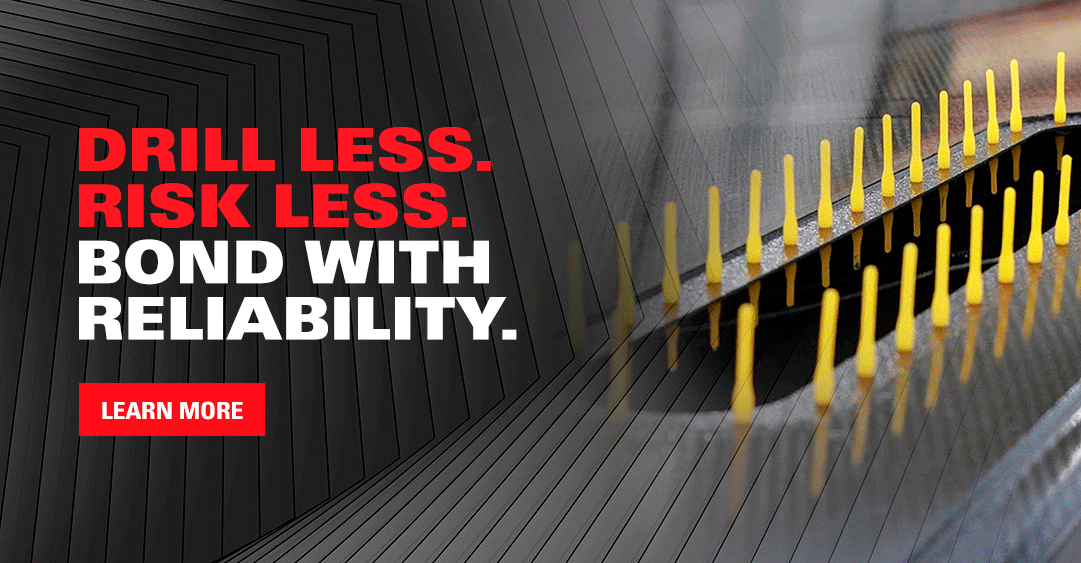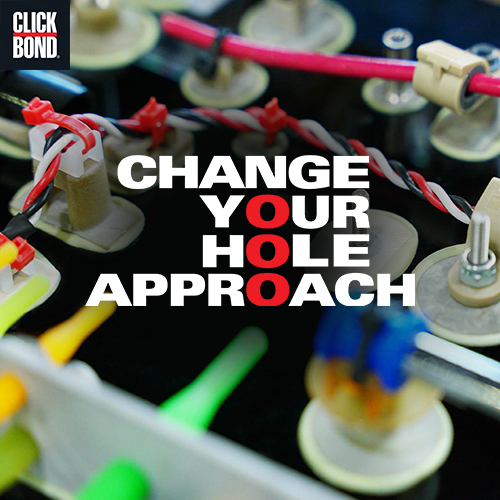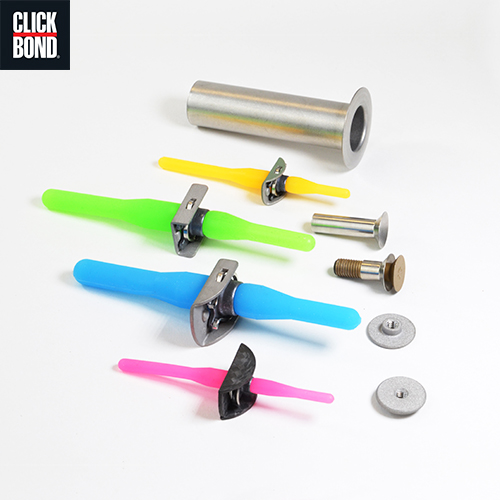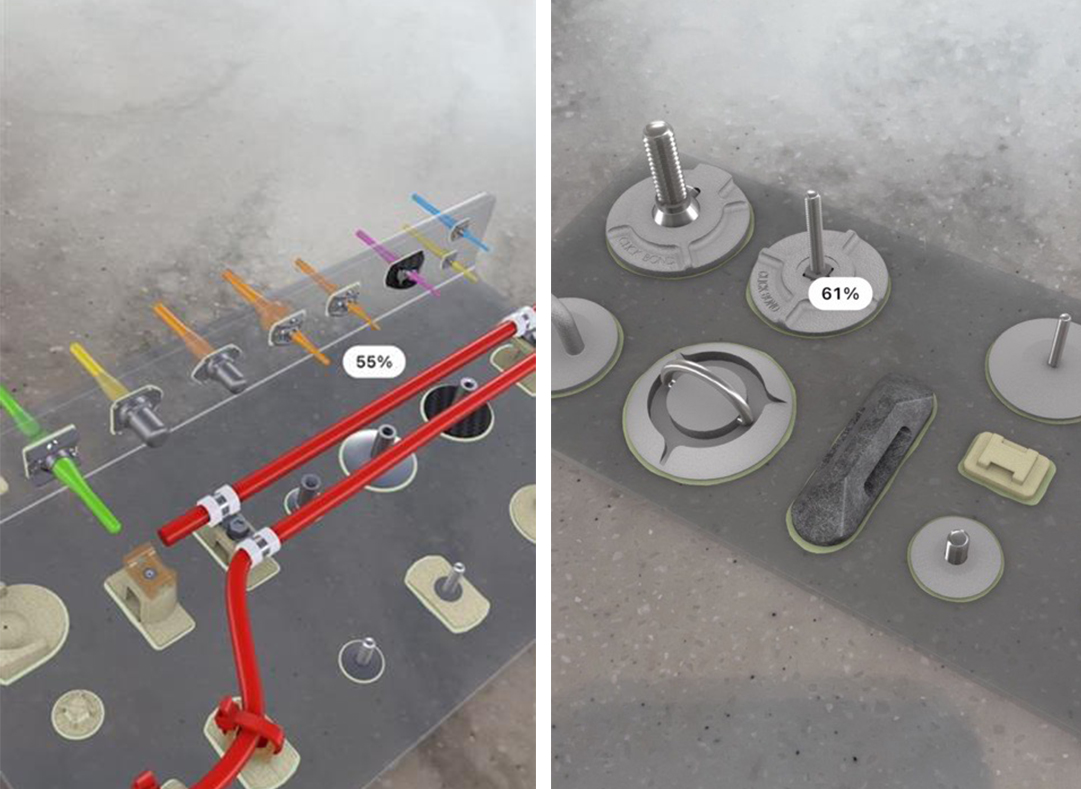Why Bonding is Superior
The Science of Bonding
The world of adhesive bonding is evolving rapidly. It provides remarkable advantages over traditional mechanical fastening methods that use holes, rivets, and bolts. Explore the forces behind bonding and how it transforms design, production, and performance across industries.
Rethinking Fastening: Bill Perez on the Advantages of Adhesive Bonding
Delve deeper into the science behind adhesive bonding. Watch our presentation to understand the key principles and benefits, as well as why bonding outperforms mechanical fastening.
“In this video, we’ll uncover the forces at play behind adhesive bonding—mechanical interlocking, electrostatic forces, adhesion, and diffusion. Learn how these processes can change your 'hole' approach to design and manufacturing.”
Benefits of Bonding
Bonding offers eight critical benefits that outperform traditional mechanical fastening methods.
- Improves Cycle Time: Reduces the need for specialized tooling and training, speeding up the production process.
- Reduces Foreign Object Debris (FOD): Minimizes FOD risks in high-stakes industries like aerospace.
- Reduces Production Costs: Saves labor hours and material costs through efficient bonding processes.
- Simplifies Installation & Maintenance: The easy three-step process eliminates complex installation methods.
- Prevents Corrosion: Bonding offers superior corrosion resistance compared to mechanical fastening.
- Reduces Weight: Minimizes material and structural weight by eliminating rivets and their associated holes.
- Avoids Errors & Rework: Less drilling means fewer chances for mistakes during assembly.
- Preserves Structural Integrity: Reduces the risk of fatigue and structural failure over time.
The Forces Behind Bonding
Adhesive bonding is driven by a series of complex forces that make it so effective. Understanding these forces is key to leveraging the full potential of bonding.
- Mechanical Interlocking: Surface preparation creates interlocking structures, anchoring the adhesive to the substrate.
- Electrostatic Forces: Electrostatic attraction between charged particles strengthens the bond.
- Adhesion: Surface energy and contact angles influence the strength of the bond.
- Diffusion: Adhesives diffuse into the substrate, creating a deeper mechanical interlock.
Stop Drilling. Stop Welding. Start Bonding.
Discover the future of design and manufacturing with Click Bond. Learn more about how bonding can elevate your projects.
FIND A LOCAL CLICK BOND REP
FREQUENTLY ASKED QUESTIONS
Change Your Hole Approach
with Click Bond Products
Click Bond was born out of the idea that holes don’t belong on an aircraft. Today, thousands of programs worldwide, in the air, on land, and at sea, have experienced the freedom of no more holes by incorporating our extensive line of products into their designs.
- Nutplates
- Adhesives
- Sleeves
- Mounts
- Studs & Standoffs
- Click Patch
- Insulation Blanket Fasteners
- Bushings
- LoMas Screws
The future is adhesive bonding with Click Bond. Stop welding. Stop drilling. Start bonding.
